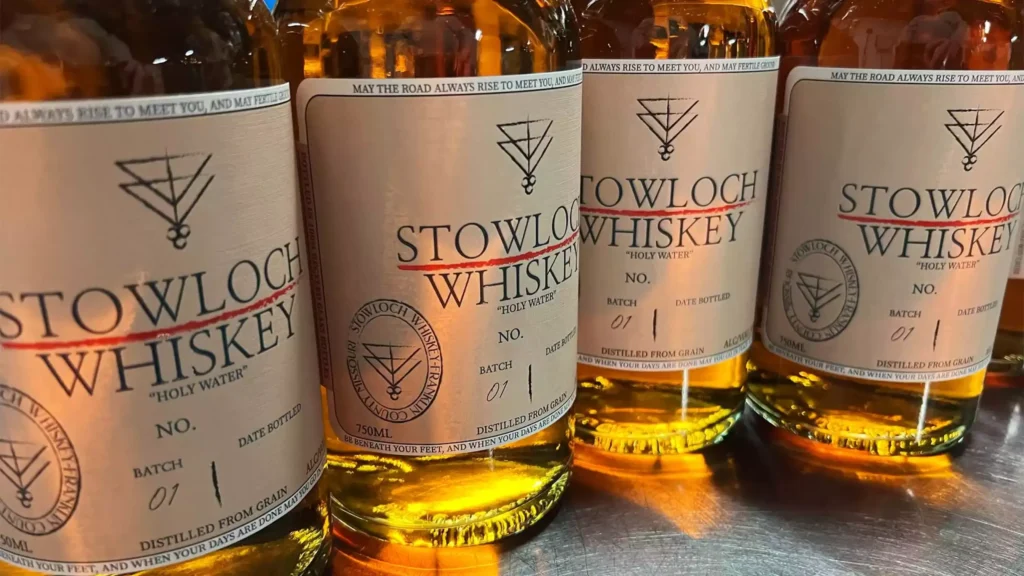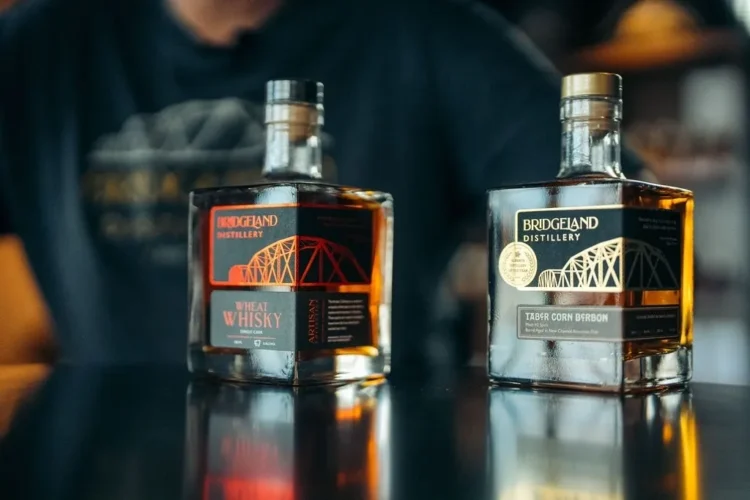Whiskey is often celebrated for its complex flavors and depth of character. But have you ever wondered what makes each bottle of whiskey unique? While many people associate “terroir” with wine, where the concept refers to the influence of the land on the grapes, it’s increasingly becoming a term used to describe the influence of the environment on whiskey as well. In this article, we will explore whether terroir plays a role in whiskey flavors, how climate and soil impact distillation, and take a look at distilleries that are embracing terroir-based production. Could the whiskey you’re drinking carry the essence of the land where it was made? Let’s find out.
Understanding the Influence of Environment on Whiskey Flavors
The environment where whiskey is produced—including the climate, soil, and even the air—has the potential to significantly impact the final product’s flavors. Just like wine, whiskey can absorb unique characteristics from the environment, which can influence everything from the initial distillation process to the aging in barrels.
Whiskey is made from grains (typically barley, corn, rye, or wheat), which are grown in specific regions, and the fermentation and distillation processes are influenced by the local water source, climate, and even the geographic location of the distillery itself. While some distillers believe that terroir is less of a factor in whiskey compared to wine due to the nature of the distillation process, others argue that the environment has a significant impact on the final flavor profile.
1. Grain Variety and Location
The type of grain used to make whiskey is often determined by the region’s climate and soil. For example, barley is typically grown in cooler climates, which influences its flavor characteristics. Corn, on the other hand, thrives in warmer, more humid regions and imparts its characteristic sweetness to bourbon. Rye is known for its spicy, peppery notes, which some believe are a result of the soil and climate in which it is grown.
Distilleries that are situated in specific regions with distinct climates and soils may be able to develop whiskeys with a unique regional flavor. Just as a French wine from Bordeaux can taste different from a wine produced in Napa Valley, whiskey produced in Kentucky may taste different from one made in Scotland or Japan due to variations in the environment.
How Climate and Soil Affect the Distillation Process
The climate and soil of the whiskey’s place of origin affect both the production and aging processes. The weather conditions, the local water source, and the quality of the land all contribute to how the whiskey develops and matures.
1. The Role of Climate in Aging
One of the most significant factors in whiskey terroir is how the local climate influences the aging process. Whiskey must be aged in oak barrels, and the barrel’s exposure to fluctuating temperatures plays a significant role in the development of flavors. In warm climates, such as Kentucky or Tennessee, barrels experience more extreme temperature changes between the hot summers and cold winters. This causes the whiskey to expand and contract within the wood, extracting more flavors from the barrel and resulting in a richer, more robust whiskey.
In contrast, cooler climates, such as Scotland, offer a slower aging process. The whiskey matures more gradually, allowing the spirit to pick up subtler flavors from the wood and retain its delicate balance. These climate-related aging differences contribute to the flavor profile of whiskey, which many consider to be a result of terroir.
2. Soil and Water Source
Water is a key ingredient in whiskey, and the purity and mineral content of the local water source can affect both the fermentation process and the final product. Distilleries that are located near pristine, natural water sources can create a smoother, more refined whiskey. Similarly, the soil quality where the grains are grown can influence the grain’s characteristics and flavor.
For example, many distilleries in Scotland use water from local springs that are high in minerals, which can impart a slightly earthy or mineral taste to the final whiskey. The local soil conditions also affect the grain’s growth, with soil that’s rich in organic matter producing grains that carry more intense, earthy flavors.

A Look at Distilleries Embracing Terroir-Based Production
Several distilleries around the world are taking the concept of terroir seriously, crafting whiskeys that reflect the environment in which they are made. These distilleries emphasize the unique characteristics of their region and actively work to create whiskeys that showcase their terroir.
1. Scotland’s Embrace of Terroir
In Scotland, where whiskey-making is deeply embedded in the culture, many distilleries are beginning to explore the influence of terroir on Scotch whisky. Distilleries in regions like Islay, Speyside, and the Highlands have long known that their terroir contributes to the distinct flavors of their whiskeys. For example, Islay whiskeys are famous for their peaty, smoky flavor, which is largely attributed to the local soil and climate, as peat bogs are abundant in the region. The island’s salty air and damp weather also contribute to the unique maritime character of Islay Scotch.
In recent years, some distillers in Scotland have also begun experimenting with grains grown locally to create whiskeys that are more directly influenced by the land. Distilleries like The Isle of Islay Distillery and The Ardnahoe Distillery are taking a more terroir-based approach, with barley grown on nearby farms and aged in specific locations to capture the essence of their unique environments.
2. The Bourbon Capital of the World: Kentucky
Kentucky, often referred to as the “Bourbon Capital of the World,” is home to many distilleries that are increasingly embracing terroir in their whiskey-making processes. The limestone-filtered water found in Kentucky is often cited as one of the key ingredients in bourbon, and many distilleries in the region are now focusing on the specific water sources and local soil conditions that influence the flavor of their whiskey.
One example is the Willett Distillery, which not only focuses on local water sources but also grows its own grains to ensure that every aspect of the bourbon is tied to the terroir of Kentucky. The local climate, rich soil, and regional microflora all come together to create a whiskey that reflects the land from which it originates.
3. Japan: A Rising Terroir Movement
In Japan, the influence of terroir on whiskey production has been gaining attention as the Japanese whiskey industry continues to grow in international prominence. Distilleries like Yamazaki and Hibiki are located in areas with unique environmental conditions that contribute to their whiskeys’ refined, balanced flavors. Japan’s cool climate and access to pure spring water have been key factors in the production of whiskey that’s known for its smoothness and subtlety.
As Japanese whiskey makers experiment with local grains and water sources, they are increasingly recognizing the importance of terroir in crafting a distinctive product. This movement is reshaping how whiskey enthusiasts view the role of the environment in the production of whiskey.
Conclusion
While the idea of terroir in whiskey may still be a topic of debate among some, there’s no doubt that the environment plays a crucial role in the flavors and characteristics of the final product. From the type of grain used to the climate and soil in which it’s grown, each factor influences the taste and mouthfeel of whiskey. Distilleries around the world are embracing terroir-based production, using local resources to create whiskeys that truly reflect the land from which they come. Whether it’s the salty air of Islay or the limestone-rich waters of Kentucky, terroir is proving to be an important aspect of whiskey-making that should not be overlooked.































